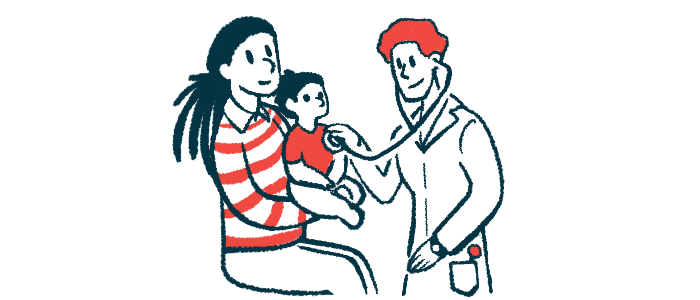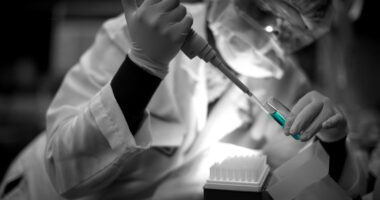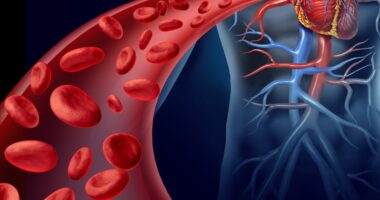Inventor honored for work on low-cost diagnostic tools for sickle cell
The methods were tested in Haiti, which the professor's ministry serves

Tim Randolph, PhD, a scientist and professor at Saint Louis University in St. Louis, has been named a senior member of the U.S. National Academy of Inventors (NAI) for his work to develop low-cost diagnostic tools for sickle cell disease.
The NAI Senior Members Program recognizes the spirit of innovation among academics to create tools that make a significant impact on the quality of life, economic development, and the welfare of society.
“Dr. Randolph’s discovery of low-cost diagnostic methods for detection of sickle cell disease has made a tremendous impact on increasing access to testing in areas of the developing world with the greatest need,” Bernard Rousseau, PhD, professor and dean of the Doisy College of Health Sciences at Saint Louis University, said in a university press release.
Sickle cell disease is caused by mutations in the beta-globin (HBB) gene, which contains instructions to produce a component of hemoglobin, the protein red blood cells use to carry oxygen though the body. These mutations result in the production of a defective form of hemoglobin, called hemoglobin S, which causes red blood cells to acquire a sickled shape that makes them more prone to clump and stick together. These misshaped cells can also obstruct blood vessels and restrict blood flow to certain parts of the body, potentially leading to a series of complications.
Newborn screening programs for sickle cell in the U.S. and Europe have substantially improved the outcomes of children with the condition by allowing early diagnosis and treatment. These programs collect a blood sample from babies within a few days of birth. It is then analyzed for the presence of the defective version of hemoglobin that’s associated with sickle cell.
In sub-Saharan Africa and other developing countries where sickle cell is more common, however, babies are not diagnosed early, with most dying from disease complications that are preventable or treatable.
Serving Haitians
Randolph worked with clinic partners in Haiti to test low-cost diagnostic methods. He was awarded two U.S. patents for developing methods capable of detecting hemoglobin S and an alternative, healthy version of the protein called fetal hemoglobin.
As its name suggests, fetal hemoglobin is produced during early fetal development, but its production usually stops shortly after birth. Because this version of hemoglobin is more effective than its adult counterpart at transporting oxygen, strategies for enhancing its production have been adopted as ways to ease sickle cell symptoms.
Saint Louis University licensed the new diagnostic tool to recognize hemoglobin S to Randolph World Ministries. Created in 2000 by Randolph, who’s now the organization’s co-president with his wife, Liz, Randolph World Ministries is a medical mission to support people in Haiti. It provides access to the diagnostic tool to its clinic partners in Haiti and to other clinics at an accessible cost. According to Saint Louis University, the tool markedly reduced the death of children with sickle cell in Haiti.
“Tim’s commitment to our Jesuit mission, the creation and implementation of knowledge for the betterment of humankind, is exemplified in decades of teaching, research, and development,” said Ken Olliff, vice president for research at Saint Louis University.
The first-of-its-kind Sickle Care Center in Haiti is being developed with the support of the Randolph World Ministries. It will serve sickle cell patients directly and hopes to enhance care for those with the disease in other clinics.
Randolph hopes that the sickle cell program in Haiti can be expanded to other regions with an unmet need for diagnosis and treatments.







